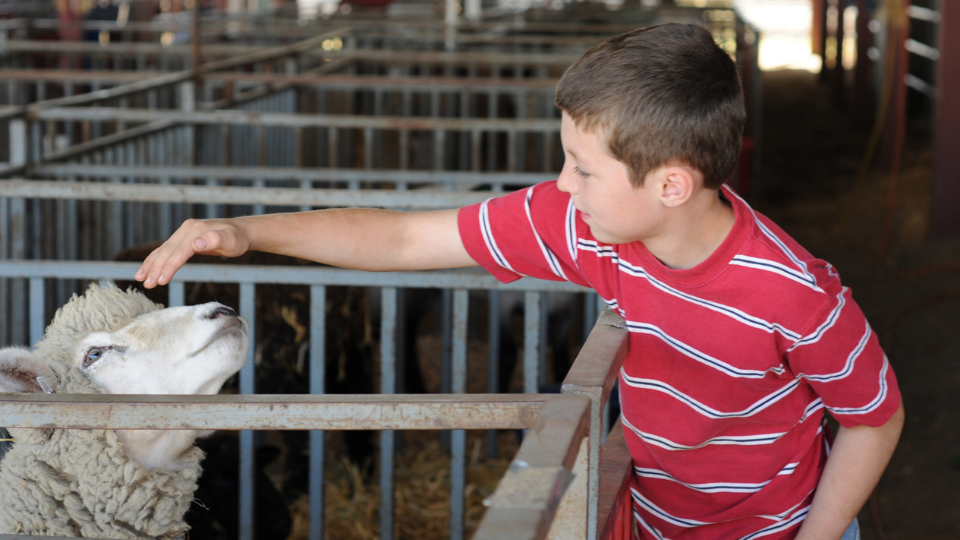Come Enjoy the County Fair

It is fair week once again! The Cache County Fair is celebrating 143 years this week, and it is a long and proud history. There are many fun events and educational opportunities to be had at the fair, and there is something for everyone. Although you may be familiar with some of the aspects of the fair, you may not know where county fairs originated or how they came to be. Did you know that the first recorded “Agricultural Fair” in the Americas occurred in Nova Scotia in 1765? The first “State Fair” was organized in New York in 1841, and now over 3,700 county and state fairs occur across the United States.
For those of you who have traveled, you know that communities and culture vary greatly across our Nation. County fairs are no different. Although there are some unique aspects to each fair (for example at the Colorado State Fair they have a pet rock Olympics, and at the Minnesota State Fair there is a llama dress up contest.) these fairs all have one thing in common, the educational component. Although the first “Agricultural Fair” happened in 1765, the county fair as we know developed almost one hundred years later. In the late 1800’s, the Morrill Acts of 1862 and 1890 brought about the land-grant universities. These institutions were intended to bring agricultural and technical research to their communities. The technology and practices that were being researched and refined would change the world. Unfortunately, new research was not easily distributed to the farmers and ranchers that would benefit from it the most. Technology that disseminates information today (telephones, the internet, and even the convenience of transportation) was not readily available. Even if opportunities to learn of these new methods were available, researchers found that farmers and ranchers did not trust the information coming from the university, and were unwilling to try the new things they were teaching.
In 1902 A.B Graham started a youth club in Clark County, Ohio. This is considered to be the birth of 4-H. These clubs had a “learn by doing” model where they would teach youth the exciting new things being researched at various campuses. The youth were eager to learn and open to new ideas. By practicing new research methods in agriculture, the youth could see the fruits of their labors, and their families could see the benefits that came from these methods. With these clubs expanding from tomatoes and corn to textiles, foods, and home economics, there became a need to share what they had learned, and maybe have some friendly competition too. The county fair was born. Here was a venue for youth to show off what they had worked on, to educate their communities, and to develop mastery. By 1912 these clubs were called 4-H clubs with the four H’s representing head, heart, hands, and health. The Smith-Lever Act in 1914 created the Cooperative Extension Program, which was a partnership between the USDA and land grant universities. This partnership would combine multiple resources from federal, state, and county governments and allow for support and research to reach the local communities. Through this partnership, 4-H became nationalized and has continued to grow.
Utah 4-H is housed right in Cache County at Utah State University, and we are fortunate to have so much community support for Extension and 4-H programming here in the county. This is obvious as you walk through the county fair and see all the livestock projects, arts and crafts, and other exhibits throughout the fair. One of the unique aspects of these programs is that the focus is on education, just like the first county fairs. As a part of USU Extension, we strive to teach our communities and to bring everyone together. We use research to answer your questions and strive to help our communities however we can. Although riding horses, raising livestock, programming computers, or learning to sew may seem like the biggest part of a 4-H project, the leadership and essential skill development is the real thing that sets 4-H apart from other programs. I encourage all to come out and spend some time at the fair. Come find opportunities to educate yourself, have some fun, and get to know your community better.


 Utah 4-H & Youth
Utah 4-H & Youth